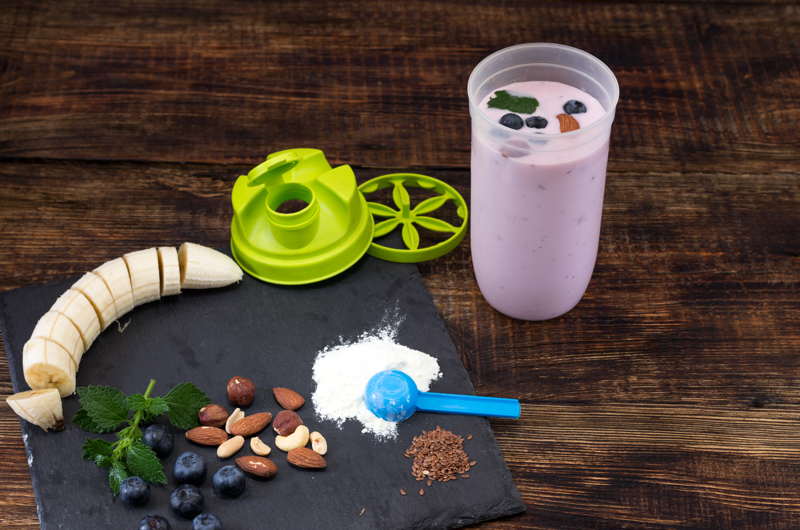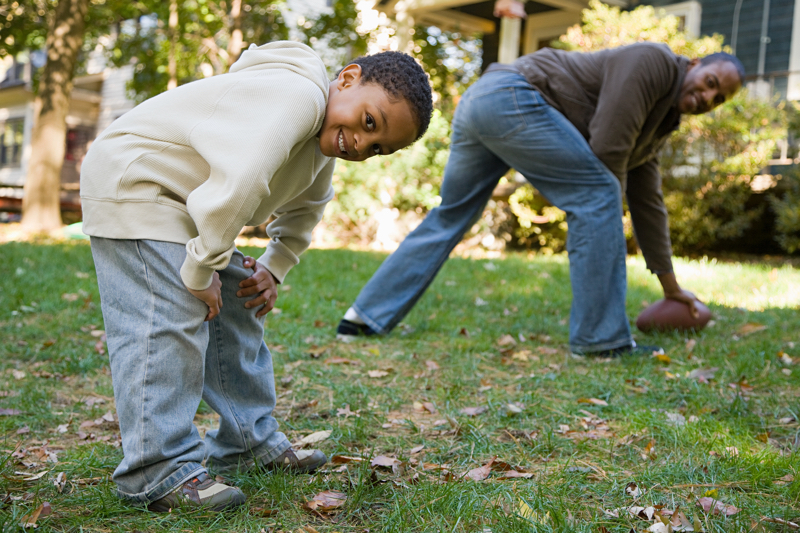During our current health crisis, many are taking extra precautions to maintain their physical health, which is great. But prioritizing mental health is just as important.
Even as certain Coronavirus-related restrictions are lifted, uncertainties linger, and you may find yourself waiting, wondering and worrying about what’s next. Loss of control, a growing sense of isolation, news and information overload, and the very real fear of getting sick or not being able to get the supplies you need can result in a lot of stress and anxiety even if you don’t normally struggle with these issues.
It’s important during social distancing to stay active, engage your mind and be hyper aware of how you’re feeling and managing your emotions. Fortunately, there are a number of reliable lifestyle practices that naturally help boost mood and quiet anxiety.
Stick with Structure
Lack of daily structure can exacerbate feelings of anxiety, but a basic daily schedule can help you feel more grounded.
Sticking to the simplest to-do list comprised of regular times for sleeping, waking, eating and taking supplements will help you avoid circadian rhythm disruptions and keep immunity strong. Fill in the schedule with exercise, work projects or tasks you’ve been wanting or needing to do. Even if it’s as simple as reading a book or trying out a new recipe, setting and completing goals will help you feel focused and accomplished.
Eat for Mood
Wellness begins with proper nutrition, and there are many powerful stress-fighting foods that can easily be worked into your meals and snacks.
Calcium, magnesium, potassium, Omega 3s and the Vitamins C and E, among others, are natural stress-fighting nutrients that not only build immunity, but increase production of serotonin, a mood-stabilizing neurotransmitter, and decrease levels of the stress hormones adrenaline and cortisol. They can be found in delicious abundance in leafy greens, salmon and other fatty fish, nuts and seed, oranges and citrus fruits, and avocados. Black tea is another proven stress reliever.
Snacking on raw veggies and nuts doubles your relief by offering mood-boosting nutrition as well as working out tension in the jaw, an area we tend to involuntarily clench when stressed and anxious. And don’t forget to hydrate. Dehydration intensifies anxiety symptoms like heart palpitations and light headedness.
Exercise
Aside from its physical benefits, exercise is great for burning off excess energy and improving your sleep. Many gyms and fitness studios who’ve had to close their store fronts are offering livestream classes and youtube workouts that you can do in the privacy and comfort of your living room. If fatigue is an issue or you’re not ready to commit to a program, just move some everyday. Studies show even light workouts can have a positive effect on stress, anxiety and depression.
Outdoor exercise is even better. Fresh air is cleansing and exposure to the sun encourages the production of Vitamin D, deficiencies of which are linked to anxiety and depression.
Connect
While FaceTime and other video platforms are no real substitute for face-to-face interaction, checking in with friends and family can help you feel less alone. If video chats leave you feeling intimidated or overly anxious, don’t feel pressured to show your face. An old fashioned phone call serves the same purpose.
Take advantage of extra downtime to catch up on talked-about TV shows, take an online class or professional development seminar, or tune into to a worship service for spiritual guidance.
But Also ….. Unplug
When anxious, threats seem magnified, and unhelpful thinking patterns get stuck on repeat. Too much news and information — or adrenaline-packed Netflix binges — can add to that. Make it a point to unplug for a period of time each day.
Instead, try meditation. If you’re mind wanders when you ‘ohmmmm,” put your own spin on a quiet time. Close your eyes and listen to soft music or birdsong. Try journaling — or simply thinking — about things you’re thankful for, or freedoms you won’t take for granted when quarantine ends. It may take several days to be able to sit in stillness for longer than a few minutes at time, but that’s ok.
Think Positive Thoughts
While it may sound cliche, research shows that intentionally practicing positivity can actually change your thinking. It’s the “stuck at home vs. safe at home” scenario. Negative emotions prevent your brain from processing the choices and options around you, while reframing them positively allows you to see possibility. Practice.
Stress and anxiety is a totally normal response to abnormal circumstances – particularly ones that impact our health, safety and economy. Prioritizing mental health is crucial to maintaining wellness during this time.







